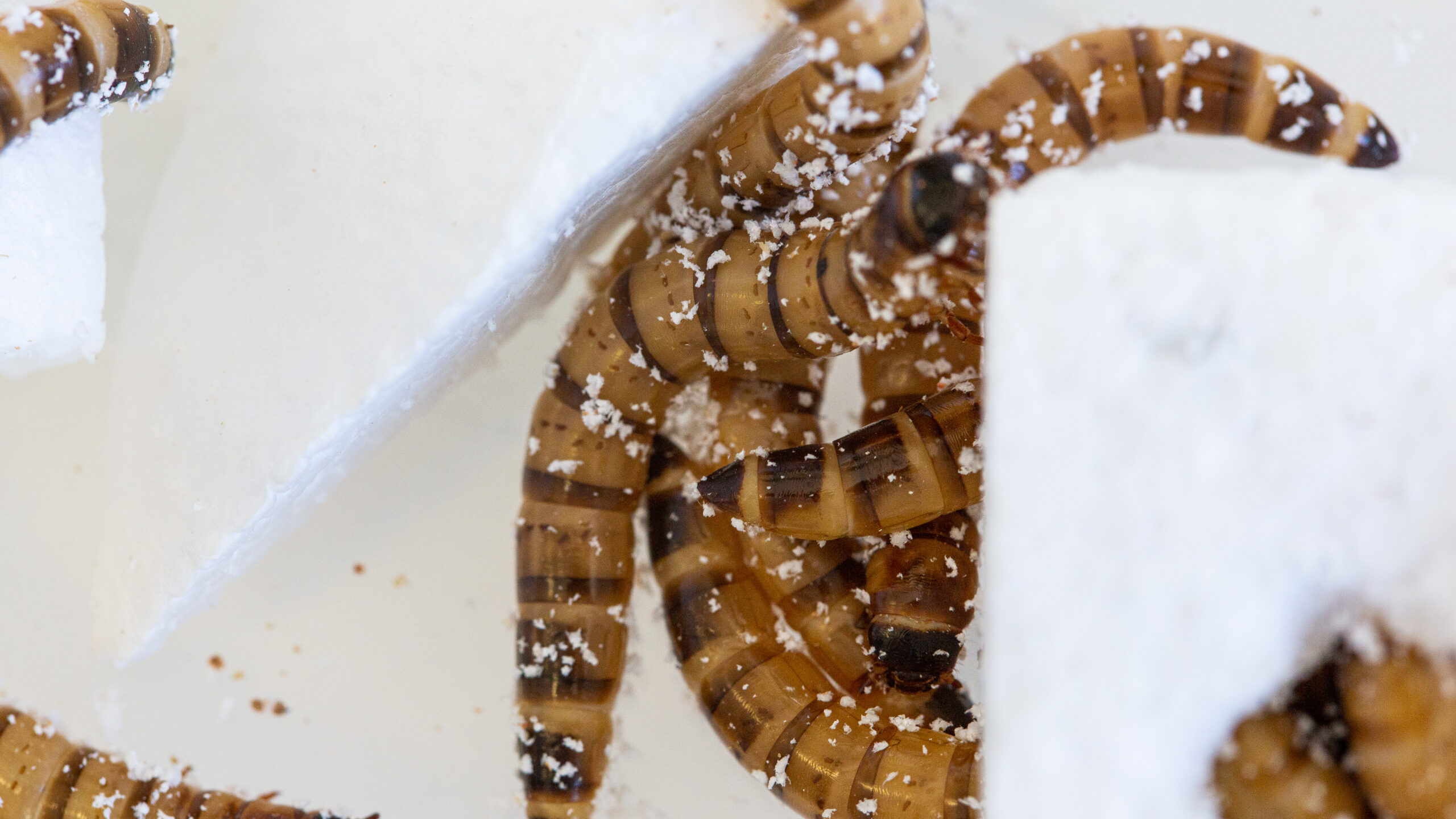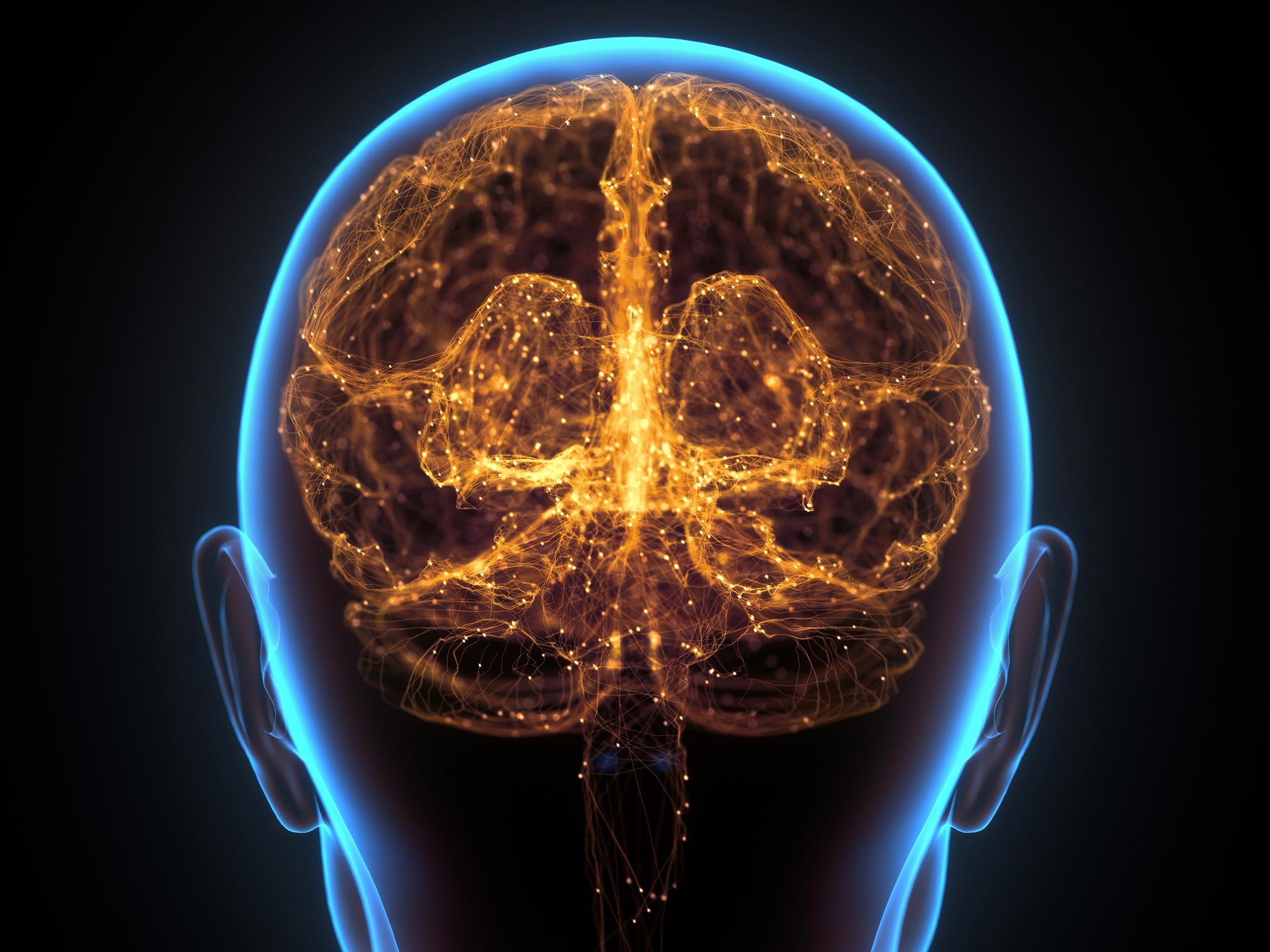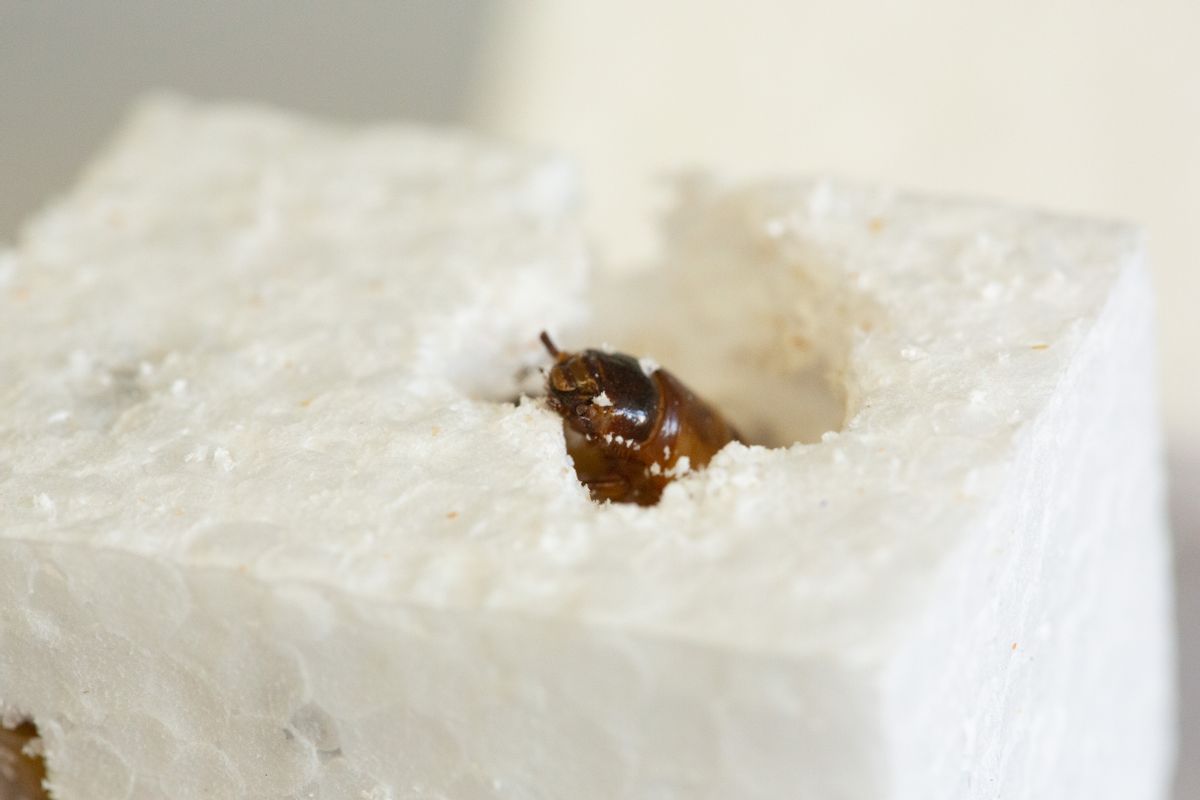A so-called “superworm” is equipped with its own new-to-science superpower: consuming and breaking down plastic products like Styrofoam.
Zophobas morio is a species of darkling beetle in the larval form that’s native to a number of North American habitats, from deserts to forests and everything in between. According to a
study published in June 2022, the insect has a special bacterial enzyme in its gut and a unique appetite for
polystyrene — a type of plastic most commonly found in Styrofoam and other plastic foams.
Darkling beetles survive in a wide range of habitats, and so do plastics. Because they are inexpensive and durable, plastics — which are manufactured from organic polymers — can take decades to degrade. Polystyrene, a common ingredient in Styrofoam, is one of the most produced plastics in the world and can persist in the environment for decades. In 2018 alone, which is the latest data available, as of this writing, plastic production reached 396 million tons (360 million tonnes), reported the European trade association
Plastics Europe, and demand is only expected to grow while recycling rates remain low. That’s why scientists are exploring various ways to break down plastics.
Cue the superworm.
Over the course of several weeks, researchers from the University of Queensland in Brisbane, Australia, split a total of 171 worms into three groups: one that ate only organic wheat bran, one that was fed a diet of polystyrene, and a third group that was not fed at all. The scientists tracked the worms, their eating habits, and their potential weight gain.
Superworms on each diet completed their life cycle and, surprisingly, of the worms given only a plastic diet, more than 95% survived the course of the study — a survival rate on par with the other groups.
“We found the superworms fed a diet of just polystyrene not only survived, but even had marginal weight gains,” said study author Chris Rinke in a
news release. “This suggests the worms can derive energy from the polystyrene, most likely with the help of their gut microbes.”
But how could an organic organism survive on a purely plastic diet? To find out, the researchers conducted a type of DNA analysis known as
metagenomics. This area of study identifies the genomes of microorganisms, like those living in the guts of superworms, to pinpoint certain
enzymes, which are proteins used to speed up the chemical reaction in a cell.
In short, insects offer up a two-chop physical and biochemical approach to breaking down plastic. First, they use their mouths to chomp the material into smaller pieces. Second, the superworms ingest plastic particles that are then further degraded by the microbial community in the digestive tract.
These plastic-degrading enzymes, which are described in the
peer-reviewed journal
Microbial Genomics, are also found in other species associated with polystyrene degradation. Those species include a type of bacteria and human pathogen called
Pseudomonas that often causes pneumonia in foals, a disease known as
Rhodococcus, and dozens of
Corynebacterium, a bacteria known to infect humans.
The ability to break down plastic is seen in other species. For instance, waxworms, known as Indian meal moth, (
Plodia interpunctella) are capable of degrading polyethylene, and so is the
Galleria mellonella, a honeycomb moth found throughout the world. Mealworms are also able to survive purely on a polystyrene diet and have been shown to degrade plastic molecules in their digestive systems, converting about half of the plastic into carbon dioxide and the other half into feces.
Nonetheless, the researchers in the superworm study noted their results raised many new questions — the findings opened a new can of worms, so to speak.

Chris Rinke/The University of Queensland
“Which members of the microbial community are active, and which genes are transcribed during a [polystyrene] diet compared to regular feed? What are the complete pathways of polystyrene and styrene degradation used by the gut microbes? Can some bacteria conserve energy by using styrofoam components other than polystyrene?” they wrote, adding that all of those questions may one day be areas of future study.
One goal, for example, would be to someday engineer the gut enzymes in superworms to degrade plastic waste at large-scale recycling plants, a process known as
enzymatic biodegradation. As part of this goal, the research team plans to grow the gut bacteria from the superworm study, independently of the worms, to test its ability to degrade polystyrene.
“Superworms are like mini-recycling plants, shredding the polystyrene with their mouths and then feeding it to the bacteria in their gut,” said Rinke. “The breakdown products from this reaction can then be used by other microbes to create high-value compounds such as bioplastics.”
The notion toys with the idea of a circular waste economy, one that recycles materials rather than disposes of them. Such “bio-upcycling” of plastic waste could help reduce landfills and boost the degradation and recycling capabilities of plastics.







